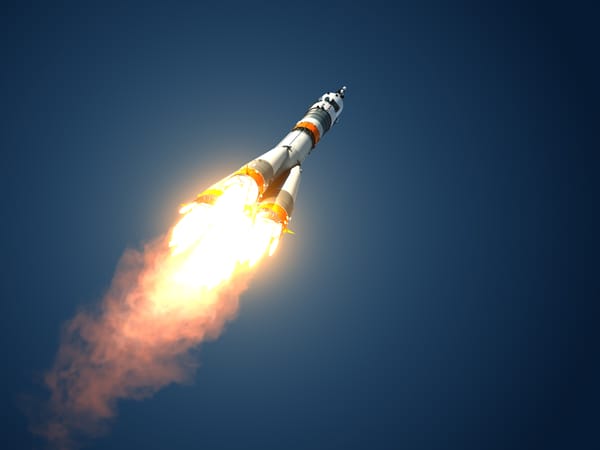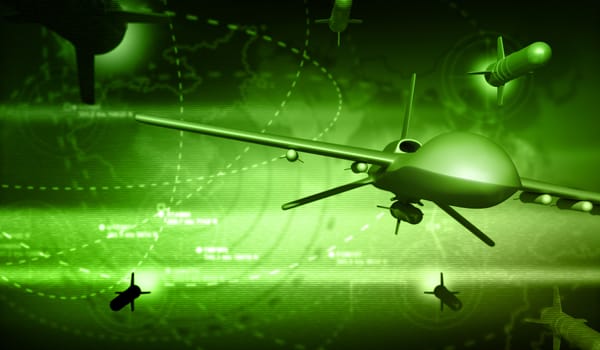Strategic Implications of Ukraine's Deep-Strike Aviation Capability
Ukraine’s drone strike on Russian airfields in June 2025 was bold and highly calculated. Above all, it demonstrated careful planning and precise execution.

Ukraine's deep-strike drone operations against Russian strategic aviation highlight significant vulnerabilities in Russia's homeland security and inflict disproportionate costs by destroying high-value assets with inexpensive munitions.
The strategic implications of these strikes underscore Ukraine's evolving operational capabilities, signaling its capacity to project power and recalibrate the cost-benefit analysis of the ongoing conflict.
The demonstrated effectiveness and rapid proliferation of these low-cost, precision-guided deep-strike capabilities demand a re-evaluation of national security strategies for other nations, as the threat from similar operations may become more widespread.
Ukraine’s drone strike on Russian airfields in June 2025 was bold and highly calculated. Above all, it demonstrated careful planning and precise execution. Newly released footage reveals, in remarkable detail, the surgical accuracy of the operation—targeting and damaging military aircraft that Moscow has used to launch near-daily aerial assaults on Ukrainian civilians. This event in particular indicates a significant escalation in Ukraine's deep-strike capabilities, successfully targeting high-value Russian strategic aviation assets within the Russian Federation's sovereign territory, reportedly extending to Siberian airbases. This tactical evolution has resulted in demonstrable damage to Russia's long-range bomber fleet, with implications described as profoundly impactful.
The precision interdictions specifically targeted military installations housing strategic missile-capable aircraft. These platforms, critical for Russia's sustained aerial bombardment campaign against Ukraine, represent a formidable component of its conventional deterrence. The reported scale of loss is substantial, with some analyses drawing parallels to the incapacitation of a significant proportion of a nation's strategic bomber force. A critical logistical constraint exacerbating this impact is the reported cessation of production for these specific bomber models within Russia. Consequently, the reconstitution of this diminished capability is projected to span a decade or more, directly impairing Russia's long-range strike capacity and fundamentally recalibrating its overall threat posture and strategic deterrence calculus. The demonstrated precision of these engagements, particularly the reported deployment of machine vision for target identification and engagement, underscores a sophisticated targeting methodology employing kinetic, precision-guided unmanned aerial vehicles (UAVs). Remarkably, these lethal effectors, reportedly costing in the range of a few thousand dollars, proved capable of delivering decisive payloads across vast distances from strategic facilities.
The successful execution of these deep-strike operations illuminates several pivotal considerations:
Russian Security Posture Deficiencies
The successful penetration of vast swathes of Russian airspace by Ukrainian UAVs exposes considerable vulnerabilities within the Russian Federation's homeland security architecture. This operational breach has predictably triggered internal "lessons learned" reviews, akin to those initiated following the Kerch Bridge incident. Remedial efforts are underway to ascertain the modus operandi and implement enhanced security protocols, including heightened interdiction measures such as scrutinizing commercial freight movements as potential vectors for clandestine UAV deployment. The complexity of the operation itself suggests a sophisticated logistical and command-and-control network, capable of deploying assets and managing engagements over distances approaching 3,000 kilometers.
Strategic Capability Asymmetry and Cost-Benefit Disparity
These strikes emphatically showcase Ukraine's growing strategic assertiveness and operational efficacy. By neutralizing multi-billion dollar, decades-to-produce strategic assets with relatively low-cost, rapidly deployable munitions (producible within weeks for hundreds of thousands of dollars), Ukraine has demonstrated a compelling cost-risk advantage. This is not merely a tactical victory but a strategic statement, signaling Ukraine's sustained operational capacity and the breadth of its retaliatory options.
Strategic Outlook and Broader Implications
The ramifications of these strikes are multi-layered and extend beyond the immediate conflict theater. Ukraine is credibly believed to be developing further operational plans, poised for future deployment. While some observers may interpret these actions as escalatory, potentially inviting a more aggressive Russian response or an intensification of its hybrid warfare campaign against Western interests, it is critical to acknowledge that such activities are already extant. Russia's prevailing strategic objective, as currently assessed, remains focused on protracted engagement, preparing for a summer offensive, and eroding the resolve of Ukraine and its Western allies.
Furthermore, these deep-strike successes compel a re-evaluation of national security paradigms for other global actors, particularly within the Western alliance. The demonstrated efficacy of relatively inexpensive, rapidly scalable lethal munitions against high-value strategic targets across significant distances establishes a new benchmark for both offensive and defensive strategic planning. The underlying capabilities – rapid iteration, mass production of lethal effectors, and precision targeting – are proliferating swiftly. This suggests that the threat posed by such drone operations may transition from a novel asymmetric capability to a widespread concern, potentially emanating from both state and non-state actors.




